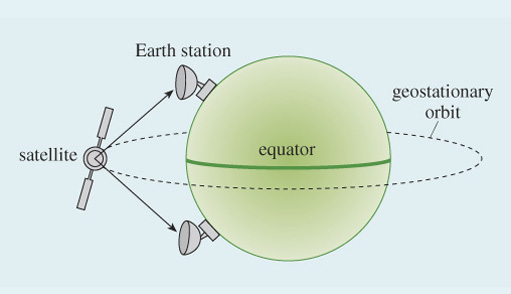2.5 News and television
Early television
In the next part of the paper Taylor discusses the early days of television.
This status quo of print/radio/cinema newsreels existed until the early 1950s when the BBC restarted TV services […].
It was natural that news bulletins would form part of this reborn visual communications medium. But resources were in short supply and early BBC TV news programmes were little more than radio news read into camera by a newsreader with a posh voice wearing a dinner jacket. What picture they did have was like the cinema newsreels shot on 35 mm film.
There was nothing there to threaten the newspaper proprietors.
But in 1955 came Commercial Television and the creation of Independent Television News.
From the start, ITN wanted to produce a newscast which would be different from the BBC's by showing much more moving picture.
Here technology came to the aid of ITN. Recent improvements had been made to the quality of film stock and ITN took the then controversial decision to adopt 16 mm film.
Compared with 35 mm equipment, the 16 mm camera was very light, more manageable and much more affordable to purchase and operate. It was therefore more suitable for volume newsgathering.
ITN judged, quite correctly as it turned out, that illustrating more stories with moving pictures would appeal to the public – even if the picture quality was somewhat worse than they were used to in the cinema or on the BBC.
The BBC soon followed with its own 16 mm equipped film crews.
[…]
By the end of the 1960s, with the introduction of colour, bulletins were taking on a style not too far removed from present day news bulletins – remember the first broadcast of News At Ten, the first half-hour news on British TV, which was in 1967.
Something else happened in the latter half of the 1960s which was to have a major impact on the immediacy of TV news – the development of the communications satellite.
Telstar in 1962 had shown the way ahead and was rapidly followed by the geostationary Early Bird satellites over the Atlantic Ocean.
TV news companies were now able to include live reports from the USA in their news bulletins.
By the early 1970s the satellite networks had become global and TV news companies were regularly including illustrated stories from around the world into their evening news programmes despite the very high price tag of $2,000 for a 10 minute slot.
The newspaper industry was now beginning to worry – television news was able to include stories in late evening bulletins which the dailies did not have for their next day editions.
Restarted TV … reborn. The BBC started a TV service in 1936, but it was suspended at the outbreak of the Second World War in 1939. It was restarted after the end of the war.
The then controversial decision to adopt 16 mm film. Taylor here explains how the lower quality of 16 mm film compared with 35 mm film was more than offset by other advantages of using the smaller format.
There are parallels here in other IT contexts, where the balance between quality and 'being able to do it at all' leans towards the 'being able to do it'. For example, people seem to be willing to accept inferior sound quality from mobile telephones compared with fixed-line phones.
To put it another way, 'good enough' wins over 'the best', and in general, digital techniques allow you to make trade-offs so that the quality is pitched at 'good enough' for any given service. In digital audio broadcasting (DAB, digital radio) a trade-off is possible between the number of channels available and the sound quality. Currently, DAB uses a much lower quality than possible to allow for a large number of channels.
Communications satellites. Orbit the Earth and allow communications by microwave links between terrestrial locations that are a long way apart (Figure 1). They can be used for communications between fixed locations on the Earth or else to provide a wide coverage for mobile users. The original use was only for fixed locations, because the ground stations (the transmitting and receiving aerials and associated equipment on the Earth) needed for the users on the Earth were too large to be mobile.

Satellites have to be orbiting in order to stay at a fixed height above the Earth, and the speed at which they orbit is related to their height. The higher they are, the longer they take to go once around the Earth. At one particular height – about 36,000 km above the ground – the orbit time is 24 hours. If a satellite's orbit is a ring directly above the equator at this height, the satellite will remain over the same spot on Earth. Such an orbit is known as a geostationary orbit, and a satellite in a geostationary orbit is called a geostationary satellite.
Telstar I was the first communications satellite that allowed television signals to be sent across the Atlantic, in 1962. Telstar I was not in geostationary orbit and as a consequence was only in the right position to allow transatlantic communications for 30 minutes at a time, three or four times a day.
Activity 3
What are the advantages of using 16 mm film that offset its poorer quality compared with 35 mm?
Discussion
From what Taylor says, it seems that the equipment needed for the 16 mm film was cheaper, lighter and more manageable than that needed for the 35 mm. Using 16 mm film therefore allowed ITN to have moving pictures with more of their stories.
